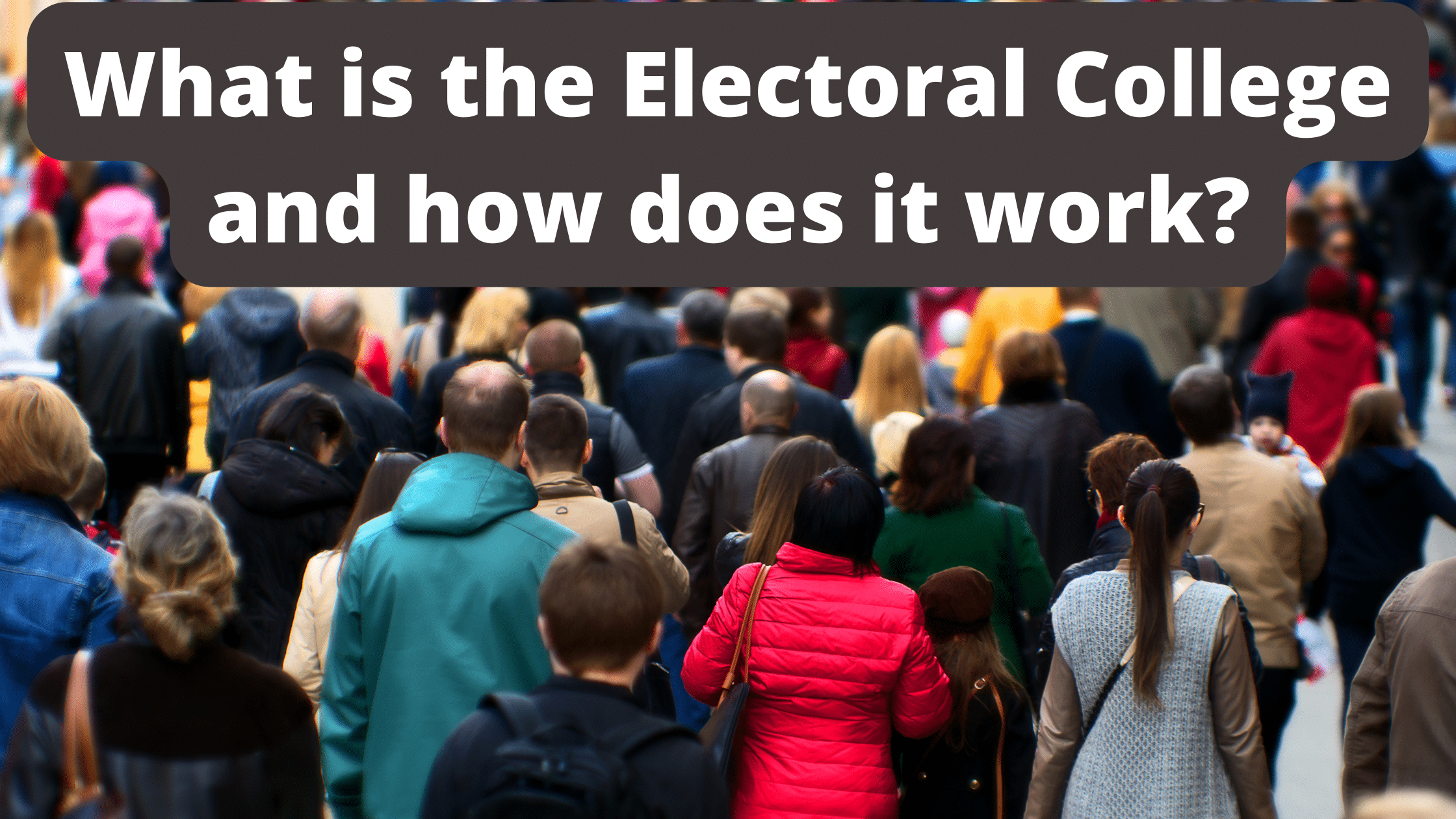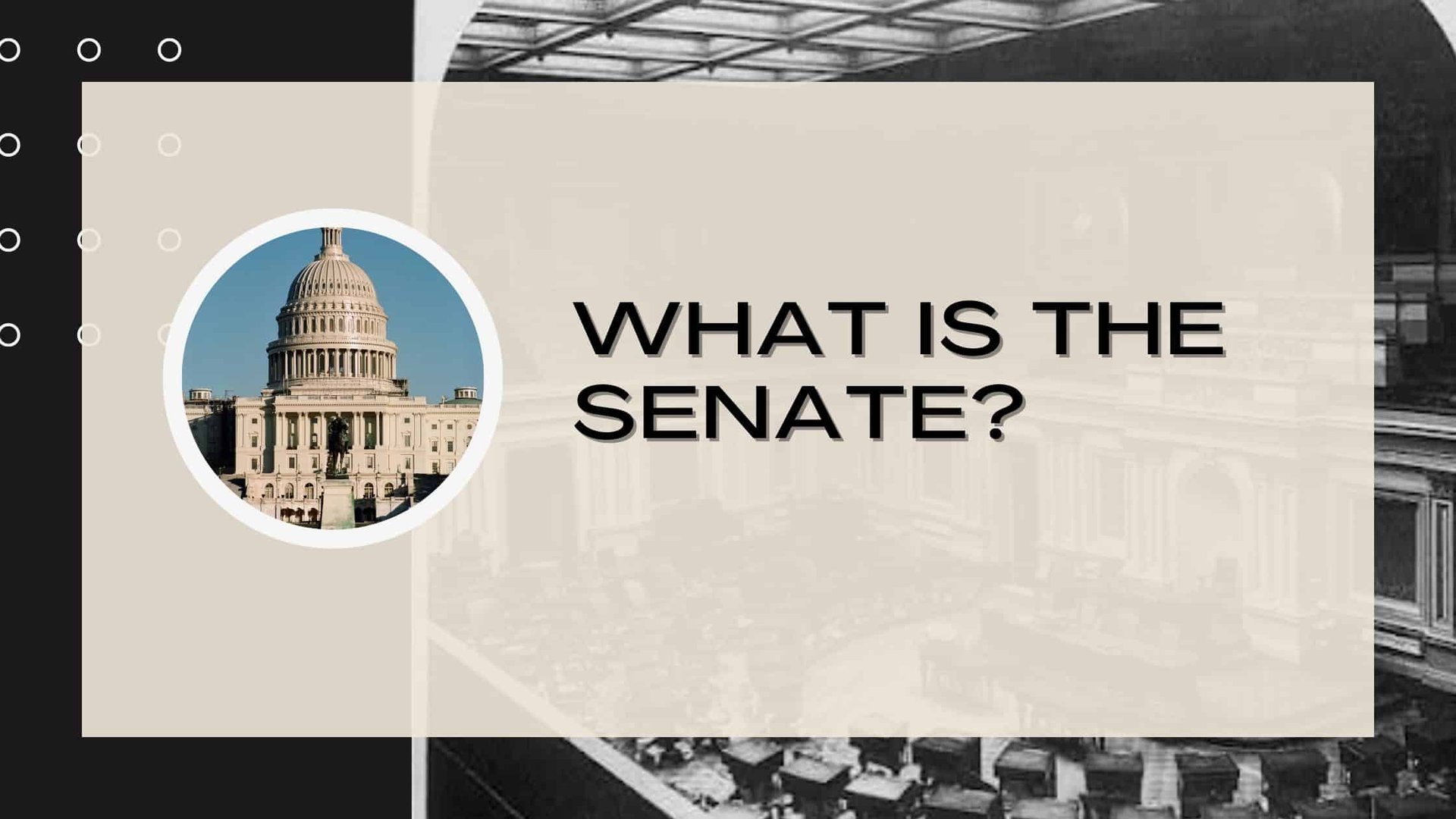When Was The Last Pocket Veto? Unpacking A Presidential Power
Have you ever wondered about those little-known corners of how our government works? It's almost like discovering a hidden track on an album you thought you knew inside and out. There are so many fascinating ways laws come to be, or sometimes, how they just quietly fade away. One such intriguing process, a bit of a legislative mystery, is called the pocket veto. It’s a presidential action, or rather, inaction, that can stop a bill without a formal rejection. This specific kind of veto, you see, has a rather unique history, and its very existence sparks a lot of curiosity among folks who follow how things get done in Washington.
This particular presidential tool, the pocket veto, is quite distinct from the more common, regular veto we often hear about. A regular veto involves the president sending a bill back to Congress with objections, giving lawmakers a chance to try and override that decision. A pocket veto, however, works differently, and it’s tied very much to when Congress is or isn't in session. It’s a bit like a song that never gets played on the radio, never quite making it to the big stage for a vote.
Many people, when thinking about presidential powers, usually picture the grand pronouncements or official signings. Yet, this quiet, almost invisible method of stopping a bill is a really potent part of the system. It raises questions about checks and balances, and how a bill can just, well, disappear from the legislative pipeline. So, the question naturally arises: when was the last time a president actually used this rather specific power?
Table of Contents
- What Exactly Is a Pocket Veto, Anyway?
- The Hunt for the Last Pocket Veto
- A Look Back: Notable Pocket Vetoes Through History
- Why Do Pocket Vetoes Still Matter?
- Frequently Asked Questions About Pocket Vetoes
What Exactly Is a Pocket Veto, Anyway?
To truly appreciate the significance of finding the last pocket veto, it's helpful to understand what this action actually involves. A pocket veto is a specific type of presidential veto that happens when Congress is out of session. It's a bit like a message that can't be delivered because the recipient isn't home, you know?
The Mechanics of a Pocket Veto
Here's how it generally works: when a bill passes both the House and the Senate, it goes to the President. The President has ten days, not counting Sundays, to act on it. There are a few options, naturally. The President can sign the bill into law, or they can veto it and send it back to Congress with their objections. If the President does nothing for ten days while Congress is in session, the bill automatically becomes law. That's a key point, actually.
However, if Congress adjourns, meaning they go home and are not able to receive the bill back from the President, and the President does not sign the bill within that ten-day period, then the bill simply does not become law. It's as if it just vanishes. This is the pocket veto. It's a way for the President to stop a bill without having to formally reject it and face a potential override vote from Congress. It's a rather quiet way to end a bill's journey.
Why It's Different from a Regular Veto
The main difference, obviously, is the ability of Congress to override. With a regular veto, Congress can, with a two-thirds vote in both chambers, pass the bill into law over the President's objections. But with a pocket veto, because Congress is not in session, they don't have the opportunity to reconsider the bill or attempt an override. The bill is just dead. It’s like a musical track that never gets scrobbled, never really makes it to your profile, just quietly fades into the background, you know? There's no further action possible on that particular piece of legislation.
The Hunt for the Last Pocket Veto
Finding the exact last pocket veto can be a bit tricky, actually. There have been some instances in more recent history where the nature of a presidential non-action was debated, especially with the different types of congressional adjournments. But when people ask about the last clear-cut pocket veto, one specific event usually comes to mind.
Pinpointing the Date and the President
The last undisputed pocket veto occurred on **December 29, 2000**. The President at that time was **Bill Clinton**. This event happened right at the very end of his second term, during a period when Congress had adjourned for its holiday break. It was a rather quiet moment in legislative history, but a significant one for understanding this power. It's a bit like finding a rare, almost forgotten track from an artist's early days, something that didn't quite get the fanfare.
The Bill That Didn't Make It
The bill that faced this fate was the "Veterans' Compensation Cost-of-Living Adjustment Act of 2000." This piece of legislation aimed to provide a cost-of-living increase for veterans' disability compensation. It had passed both the House and the Senate, and it seemed like a measure that would easily become law. Yet, because of the timing of Congress's adjournment and the President's decision not to sign it, the bill did not get enacted. It was a measure that, in a way, just never quite made it to the final cut, you know?
The Aftermath of That Decision
The President's decision to pocket veto this bill was not without its reasons. While the specifics of why President Clinton chose this route are part of historical record, the effect was clear: the bill did not become law. There was no opportunity for Congress to override this particular action, as they were not in session. This particular pocket veto, in some respects, highlights how timing and the legislative calendar play a very big role in whether a bill ultimately succeeds or fails. It's a reminder that even seemingly small procedural details can have major consequences for proposed laws.
A Look Back: Notable Pocket Vetoes Through History
While President Clinton's action in 2000 is the most recent undisputed pocket veto, this power has been used many times throughout American history. Presidents have used it for various reasons, sometimes to avoid a public confrontation with Congress, or to simply let a bill die quietly without having to issue a formal veto message. It's a tool that has seen quite a bit of use, actually.
For instance, President Franklin D. Roosevelt used the pocket veto more than any other president, employing it over 200 times during his long tenure. This often happened during the Great Depression and World War II, when Congress was frequently adjourning and passing a large volume of legislation. It shows how, in certain periods, this tool became a rather frequent way to manage the flow of laws.
The use of the pocket veto has also been a subject of legal challenges over the years. The Supreme Court has, on a few occasions, weighed in on what constitutes a proper congressional adjournment for a pocket veto to be valid. These legal interpretations have shaped how and when this power can be used. It's not always as straightforward as it seems, you know?
Why Do Pocket Vetoes Still Matter?
Even though the last undisputed pocket veto was over two decades ago, this power remains a significant part of the President's legislative toolkit. It highlights the delicate balance of power between the executive and legislative branches. It shows how a President can effectively stop a bill without needing to directly confront Congress, especially when lawmakers are not around to respond. It’s a bit like a quiet, yet powerful, move in a chess game.
The potential for a pocket veto also influences how Congress schedules its sessions and recesses, especially towards the end of a legislative period or a President's term. Lawmakers might try to avoid sending bills to the President too close to an adjournment, just to prevent a bill from falling into this legislative void. It’s a consideration that always looms, you know, when the clock is ticking on a legislative session.
Understanding the pocket veto helps us appreciate the intricate dance of lawmaking in our country. It’s a reminder that not all legislative actions are loud and public; some are quiet, yet very effective. It’s important to know about these less common but still very real aspects of our government. You can learn more about presidential powers on our site, and link to this page to get more insight into how bills become law.
Frequently Asked Questions About Pocket Vetoes
What is a pocket veto and when is it used?
A pocket veto happens when the President receives a bill from Congress but does not sign it within ten days, excluding Sundays, and Congress adjourns during that ten-day period. Because Congress is not in session to receive the bill back, the President can effectively stop the bill from becoming law without a formal veto. It's typically used when the President wants to prevent a bill from becoming law without inviting a potential override vote.
Has a recent president, like Donald Trump, ever used a pocket veto?
While there have been discussions and some claims regarding more recent presidents, including Donald Trump, potentially using a pocket veto, the most recent *undisputed* pocket veto was by President Bill Clinton in December 2000. The legality and definition of "adjournment" have been debated in some more recent cases, making them less clear-cut than the traditional understanding of a pocket veto.
Can a pocket veto be overridden?
No, a pocket veto cannot be overridden by Congress. This is the main distinction from a regular veto. Since Congress is not in session when a pocket veto occurs, they do not have the opportunity to reconsider the bill or hold a vote to override the President's action. The bill simply dies and does not become law. It's a rather final action, in that respect. For more detailed information, you can check out resources like the U.S. Senate's information on vetoes.

What Is a Pocket Veto?

What Is a Pocket Veto?

What Is a Pocket Veto?